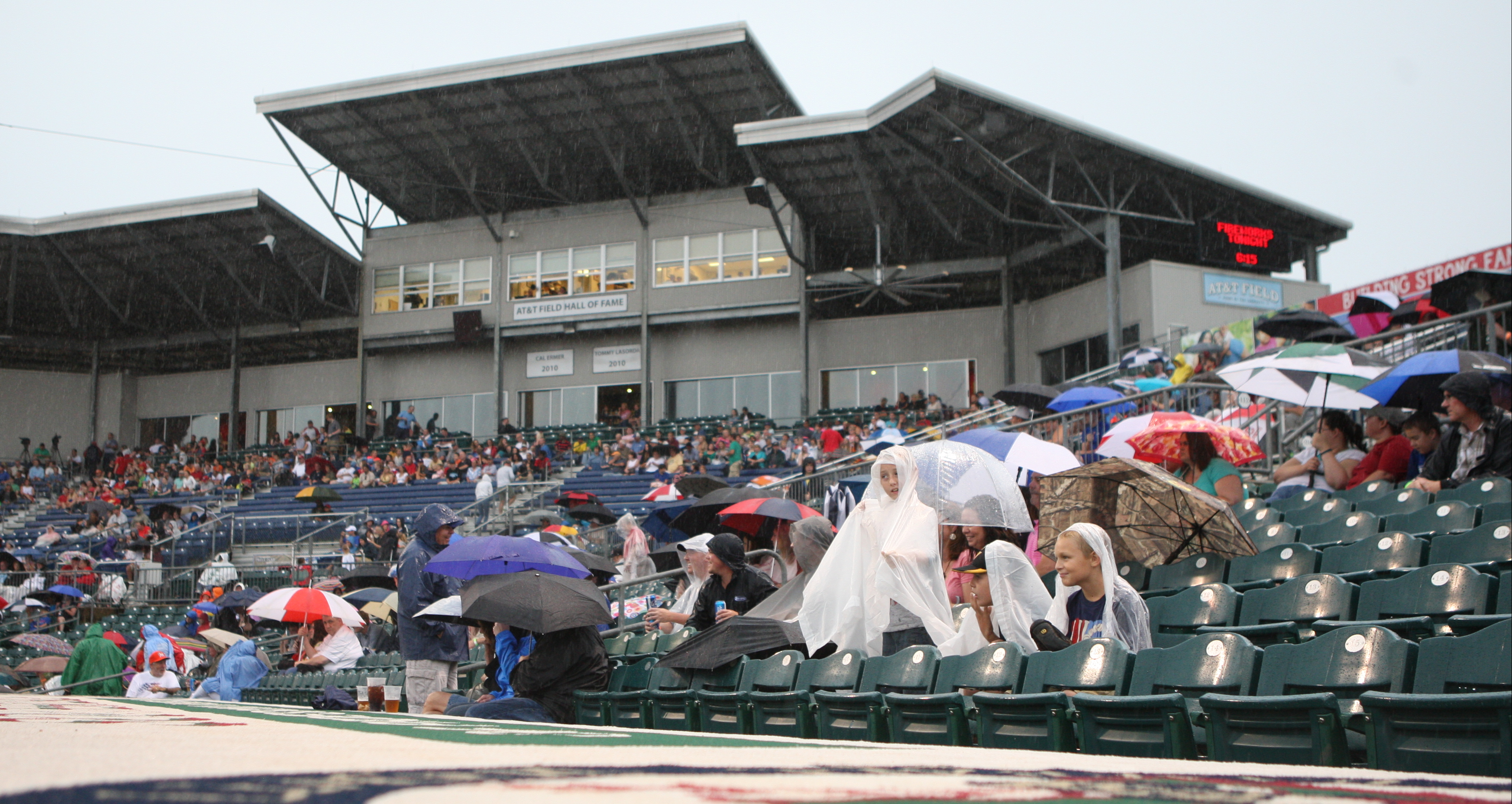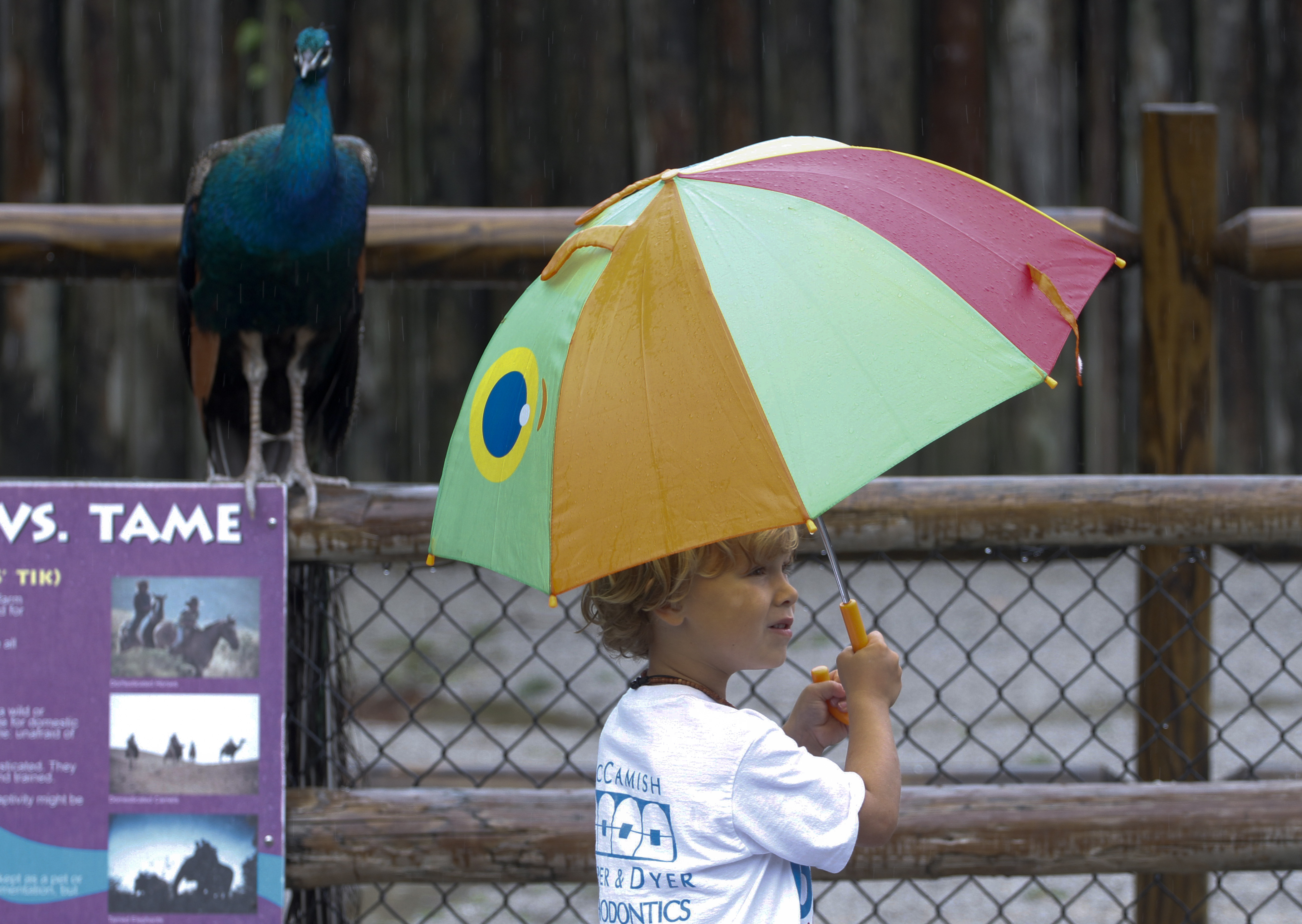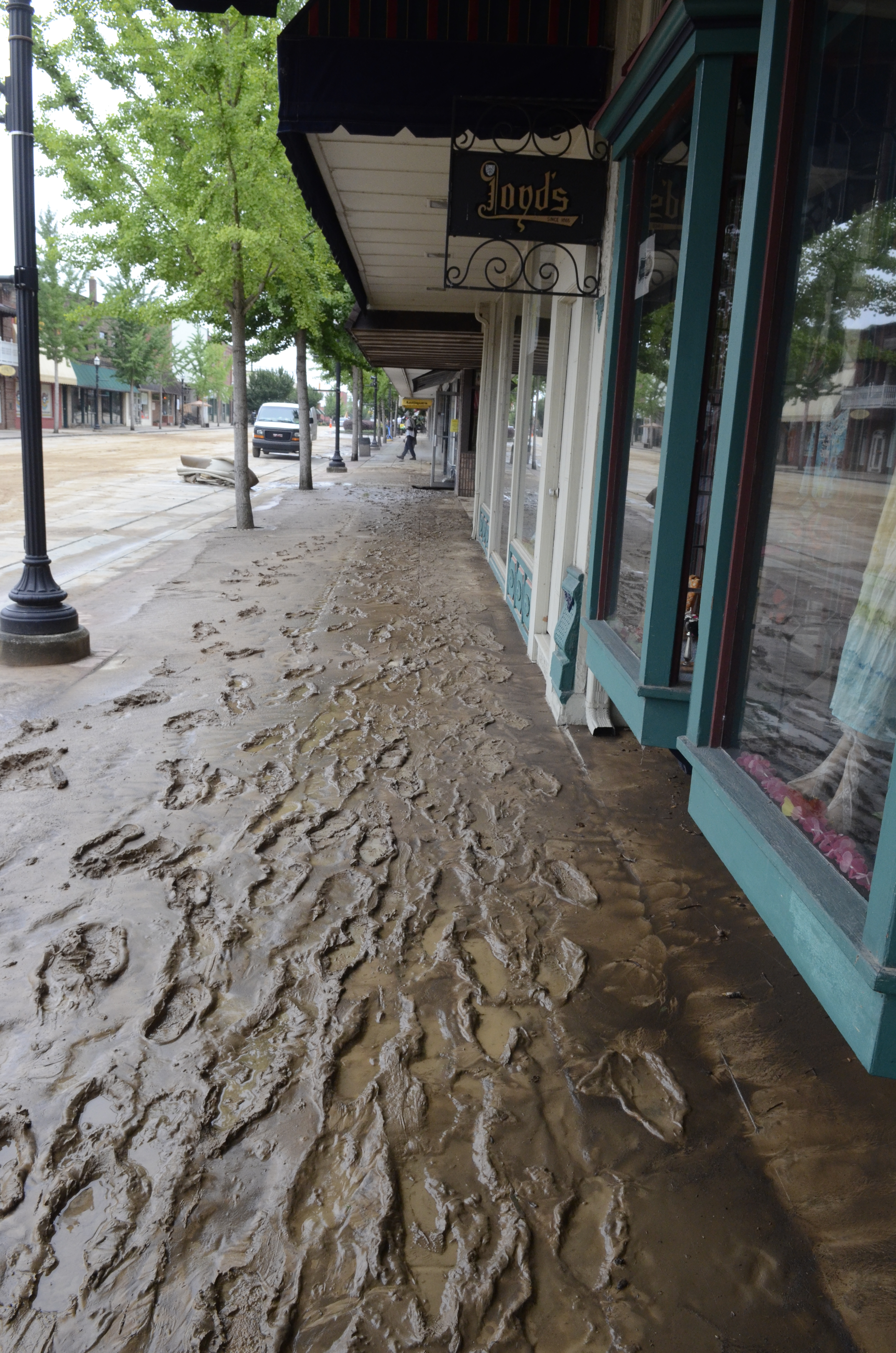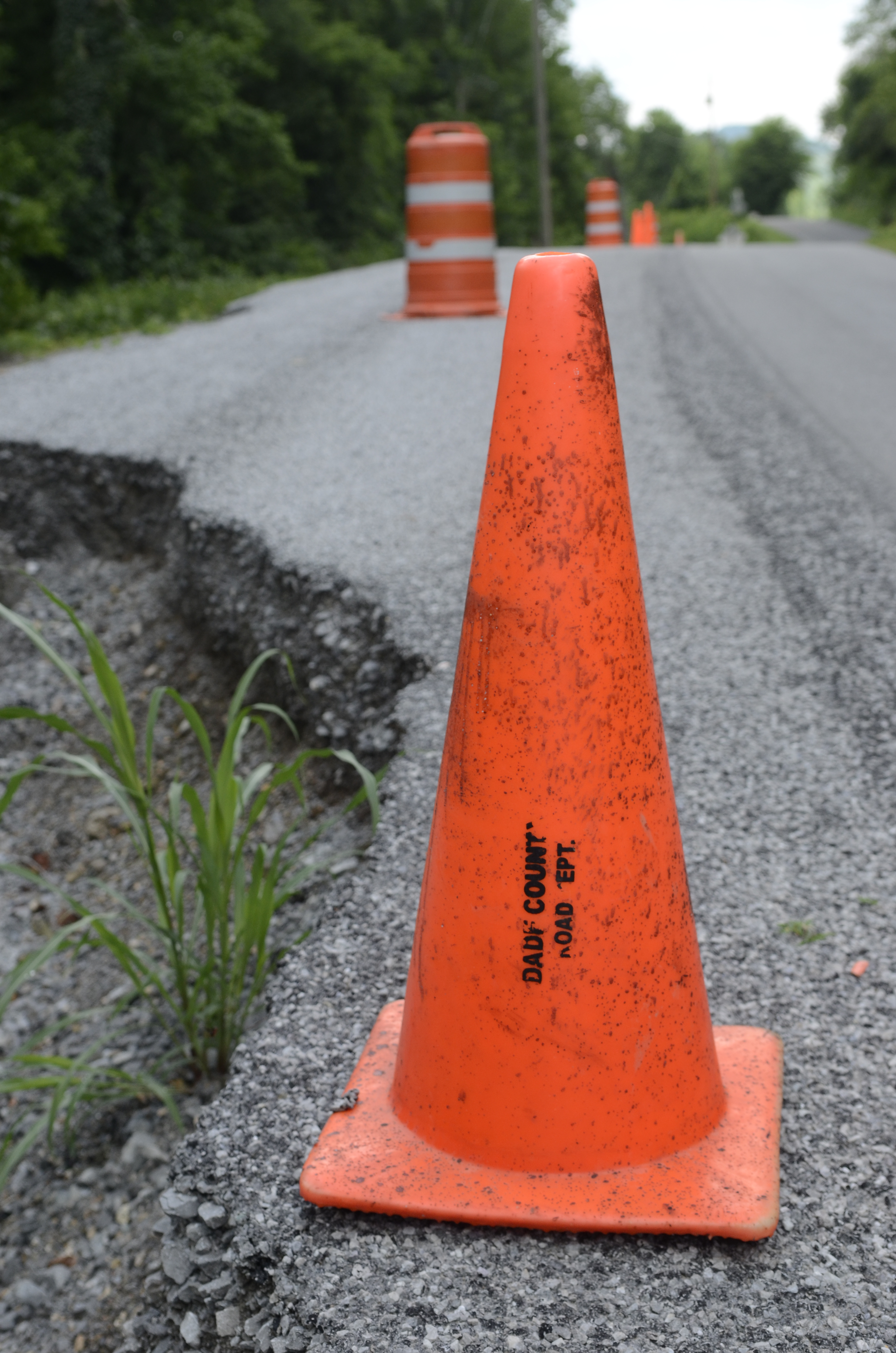The 'No Summer Summer': Chattanooga experiences unusually mild, rain-soaked season
Friday, September 6, 2013
2013 summer weather facts:Hottest day: high of 94 degrees (June 12, July 17)Coolest day: high of 73 degrees (July 6, Aug. 16)46 days with rain since June 1Tornadoes: 0Source: National Weather Service data
Where did summer go? Forget that - how long was it here?
With significantly cooler weather and frequent rainstorms, Chattanooga's summer of 2013 was unusually mild and waterlogged. Instead of sunglasses, the last few months could be characterized with a spare umbrella and unused sunscreen.
"This year, definitely, our whole region of East Tennessee was below average in terms of temperature," said Sam Roberts, a National Weather Service meteorologist at the Morristown, Tenn., branch. "It was not a very hot summer."
Based on NWS data, Chattanooga's coolest summer of all time -- the average high of June, July and August -- dropped down to 82.5 degrees in 1967, the year of the NFL's first Super Bowl and a heated international space race. This summer had a balmy average high of 87.93 degrees.
This July ranked as the coolest July in 34 years, bringing in an average high of 85.8 degrees, nearly five degrees lower than average. The frequent cloud cover kept Scenic City mild, and tied for the fifth-coolest all time.
A whopping 8.49 inches of rain in July kept Chattanooga soaked, yet soothed from the usual summer heat. July 7 set a record one-day rainfall with 2.21 inches, breaking an 85-year-old figure.
"When the rain comes through, it cools the air down," said Mary Black, National Weather Service meteorologist in Morristown, Tenn.
Rain was the one-word story of the summer: It caused rockslides along U.S. Highway 64 last week, closing the path off to drivers for days. It also dampened July 4 festivities with more than 5.5 inches of precipitation during the nation's birthday, and brought spats of rain through the Labor Day weekend -- the unofficial end of summer.
Chattanooga has received nearly 20 inches of rain more than average at this point in the year. As of September 4, 54.51 inches of rain has fallen, compared to the average 34.65 inches at this point.
The onslaught of moisture is even doing battle with local golfers.
Ryan Cox, an assistant pro at Eagle Bluff Golf Course, says maintaining a golf course can be frustrating when the rain won't stop.
"There has been a decrease of business just because of the wetness," he said. "The greens can be difficult to keep up with the golf course as far as the mowers."
Not only is wet grass difficult to mow, but the rigors of a putting green require special maintenance. Putting greens typically bear quarter-inch long grass, and finding the time for grass to dry between errant storms can be cumbersome.
"This is the first year that it's been so difficult in a long time," Cox said.
And if it's not the precipitation, it's the temperatures. Average monthly temperatures for May, July and August were each at least one degree cooler than normal.
Mid-August had a cool streak with highs in the low 70s before bouncing up into the 90s last week.
"It was the hottest week we've seen all summer, but it's typically what we're used to seeing all year," Roberts said.
As the early days of September creep in, the question of when autumn will arrive will be answered in the mountains.
"The mountains start seeing leaves fall in early October, then makes its progression down towards the valley as much as three or four weeks later," Roberts said. "It always gets cooler there first."
Contact staff writer Jeff LaFave at 423-757-6592 or jlafave@timesfreepress.com.





